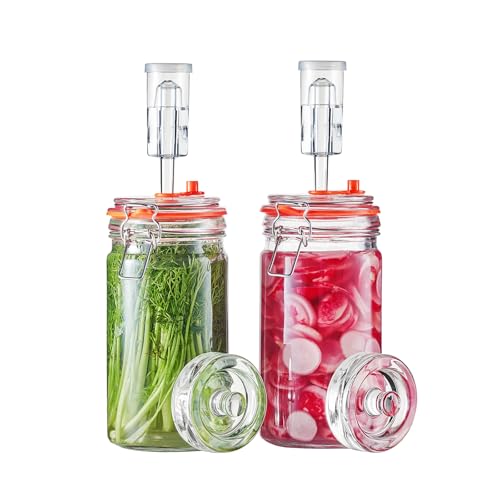Updating to share progress. So far just a few random questions (highlighted bold) but if you have any suggestions or something you would do otherwise please share. Comments and criticism welcome.
After collecting my juice I knew I had more than a gallon but not quite sure how much more. I picked up a few more gallon jugs and Adobe extra apple juice (no preservatives) to top off where needed. I figured if I can get two batches going, why not try two different recipes? I'm going for one mead and one cleaner summer cider.
I'm so glad I decided to do this. The juice I had perfectly fit my two carboys. My mead recipe consisted of half a lemon, 1.25 lbs honey and the remaining ~ 0.9 gallons of my juice. SG reading for this is 0.093. The summer cider is pure juice and half a lemon, with some apple peels in there. One recipe I saw did this to impart a bit extra apple flavor so I thought I'd give it a shot. IG of the cider was 0.051
Both batches have so far been treated with one Camden tablet, 1g wine tannins, 1/2 tsp peptic enzyme. Last night when I mixed my batches together they were quite cloudy with pulp. As this is my first ever brew, I was amazed how fast everything settled for each batch. Looking at the thick layer of lees,
I'm assuming when I rack these I'm going to have to top them up. Would I top off with some of the apple juice I bought when this happens? I figure I could top off juice to the cider easy enough and just include stabilisers. The cider I'd like to
bottle condition to add a little more effervescence and I imagine adding the juice with added sugars would impact my bottle pressure calculations. Not sure how to deal with that.
In the meantime, tonight after 24 hours I plan on pitching my yeast. Using Lalvin ec-1118 for both batches. Also plan on adding DAP via simple front load method.
Add DAP then with my yeast, or add it 12/24 hours after pitching yeast? TIA for all tips and comments. Excited to finally have the inaugural brew underway. Here's to many more.





























![[Upgraded] 9Pcs Tree Root Growing Box with Drain Holes, Half Transparent Plant Rooting Propagation Ball & Metal Core Twist Ties, for Fast Propagation Plants (Size M)](https://m.media-amazon.com/images/I/514MWQxtWOL._SL500_.jpg)


































